The electric vehicle (EV) market is rapidly expanding, offering a new wave of versatile three-row options for families. Among the latest contenders are two distinctly different, yet equally compelling, models: the 2026 Hyundai Ioniq 9 and the 2025 Volkswagen ID.Buzz. While one embraces a futuristic SUV aesthetic and the other a charming retro-inspired minivan design, both are vying for the attention of buyers seeking a spacious, battery-powered family hauler.
In a head-to-head battle of their top dual-motor, all-wheel-drive configurations, we pitted Hyundai’s flagship electric SUV against Volkswagen’s modern Microbus to see which offers the best blend of performance, practicality, and personality.
Design: Futuristic Flair vs. Retro Charm
The Hyundai Ioniq 9 is a bold statement in design, incorporating the brand’s signature “pixelated” motif seen in the Ioniq 5 and Ioniq 6. From its unique headlights to its distinctive steering wheel, small squares are integrated throughout, giving it a truly futuristic and somewhat unconventional look. Its shape leans towards a wagon, with a striking rear end featuring Volvo-esque vertical taillights.
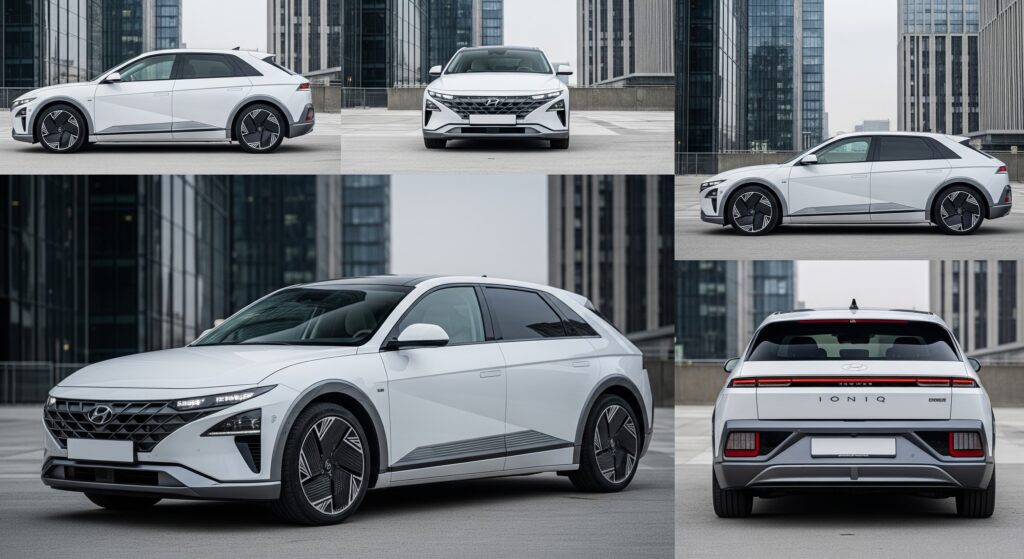
In stark contrast, the Volkswagen ID.Buzz is an immediate nostalgia trip. Its two-tone paint schemes, slab-sided bodywork, and chunky wheels are unmistakably a modern homage to the iconic Microbus. It’s instantly recognizable and oozes personality.
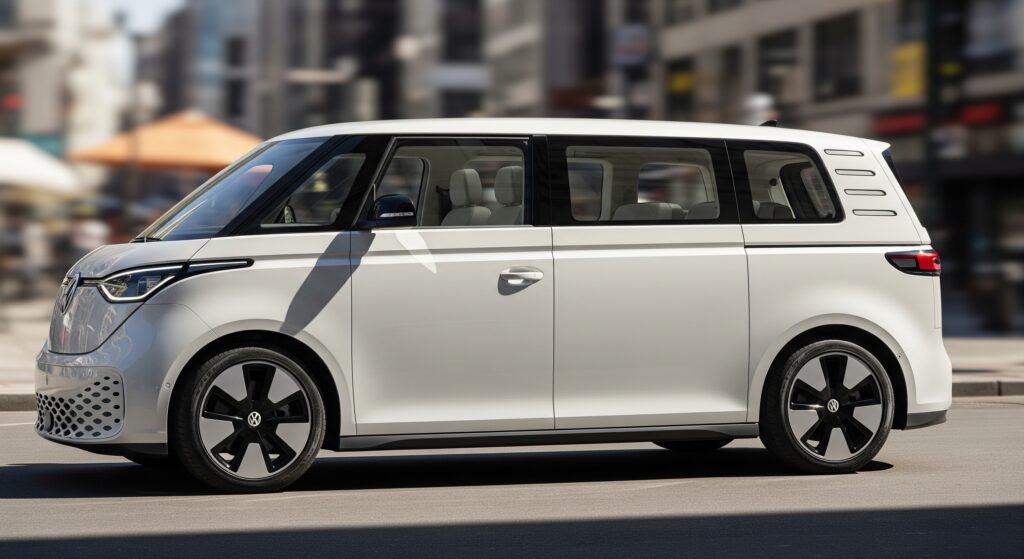
Interior: Plush Comfort vs. Kitschy Character
Stepping inside, both vehicles offer unique experiences. The Ioniq 9 presents a plush and straightforward cabin with soft leather and intriguing textured dashboard inserts. Its controls are intuitive, and the digital gauge cluster and central infotainment display are easy to navigate. The top-tier Calligraphy trim elevates the experience with power-operated second-row seats, multicolor ambient lighting, a head-up display, and a Bose premium audio system, truly living up to its luxury price point (starting above $70,000).
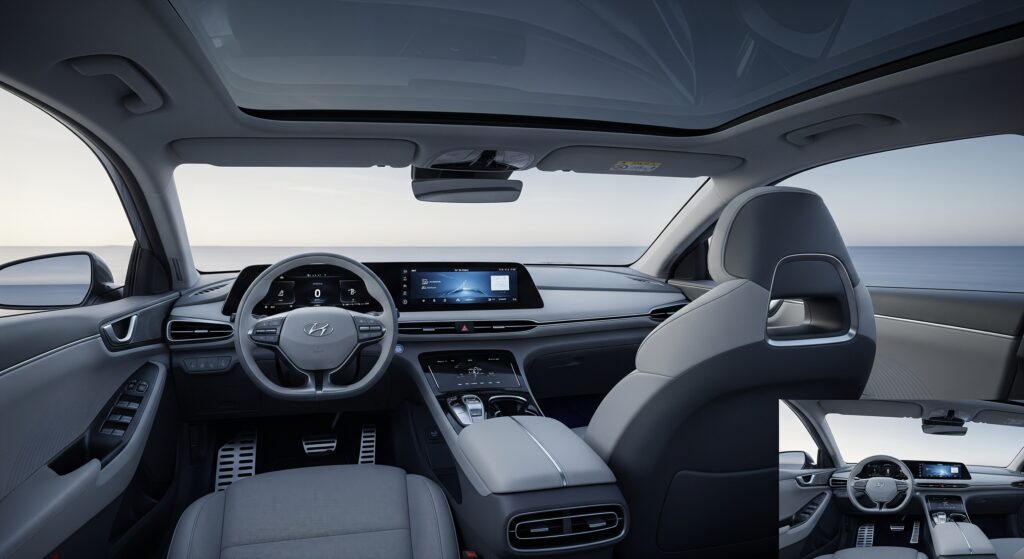
The ID.Buzz, particularly in its Pro S Plus trim, embraces a more kitschy aesthetic with colored panels and a playful mix of plastic and rubber materials. While charming, its user interface is less refined, with touch-sensitive steering wheel buttons and sometimes confusing infotainment menus making on-the-go adjustments less convenient.
When it comes to sheer space, the ID.Buzz shines. As a minivan, it offers significantly more accommodating second- and third-row seating for adults, with a reasonably upright position and ample headroom even in the rearmost seats. The Ioniq 9’s second-row seats are comfortable, with lounge-style extendable ottomans in the Calligraphy trim, but their practicality for adult legroom with the footrests extended is questionable.
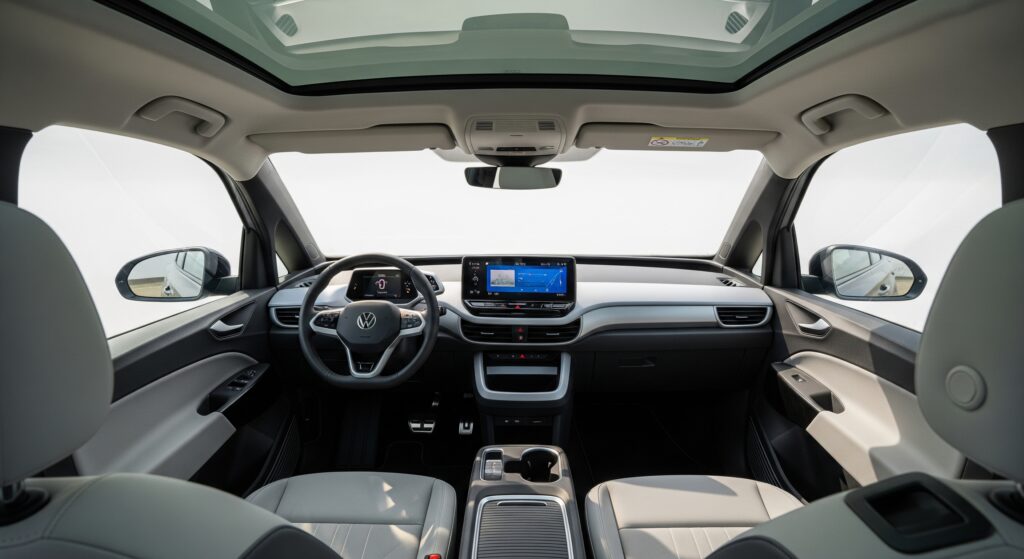
For cargo, the Ioniq 9 boasts superior adaptability. Its second- and third-row seats fold flat at the push of a button, creating an expansive and easy-to-use load floor. The ID.Buzz, despite its van shape, has a clunkier cargo setup. Its seats don’t fold flat into the floor, requiring various straps to collapse them, and a peculiar false cargo floor with bins creates a flush surface with the folded third-row seatbacks.
Powertrain and Performance: Hyundai’s Potent Punch
Both the Ioniq 9 and ID.Buzz utilize a dual-motor, all-wheel-drive setup, but their performance figures tell a clear story. The Ioniq 9’s most potent configuration delivers a robust 422 horsepower, significantly outclassing the ID.Buzz’s 335 horsepower.
Despite both vehicles weighing over 6000 pounds (Ioniq 9 at 6034 lbs, ID.Buzz at 6174 lbs), their electric powertrains provide impressive acceleration. The Hyundai Ioniq 9 is the clear hot rod, rocketing from 0 to 60 mph in a brisk 4.4 seconds and completing the quarter-mile in 13.1 seconds at 104 mph. The Volkswagen ID.Buzz is no slouch, reaching 60 mph in 5.5 seconds and covering the quarter-mile in 14.2 seconds at 97 mph.
Autopilot Mode Car: What Every Driver Needs to Know About
Range and Charging: Ioniq 9 Pulls Ahead
The Ioniq 9 also holds a considerable advantage in terms of range. The EPA rates the Ioniq 9 at 311 miles, while the ID.Buzz comes in at 231 miles. In real-world testing, the ID.Buzz delivered 190 miles on a 75-mph highway test, and while the Ioniq 9’s highway range hasn’t been officially tested, it’s expected to comfortably exceed the Volkswagen’s.
For charging, the Ioniq 9’s peak DC fast-charge rate of 350 kW significantly outpaces the ID.Buzz’s 200 kW, meaning less time spent at charging stations.
Driving Experience: Smooth Cruiser vs. Charming Ride
The Ioniq 9 offers a supremely smooth and quiet ride, effortlessly gliding over bumps and feeling composed on the highway. While not designed to be sporty, it exhibits less body roll (0.88 g on the skidpad) than the ID.Buzz and feels more planted.
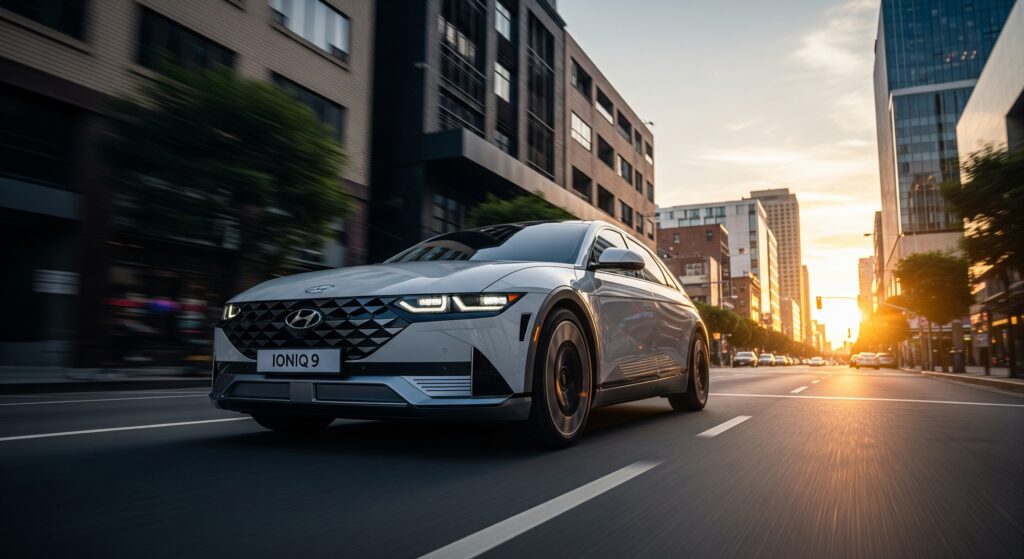
The ID.Buzz has a firmer ride, transmitting a bit more road texture into the cabin, and its blunt front end allows for a bit more wind noise. As expected from a tall, upright vehicle, it exhibits more body roll (0.80 g on the skidpad). However, its steering is more communicative and better weighted than the Hyundai’s light-effort helm. The ID.Buzz’s unique driving position and expansive front windows contribute to a truly distinctive and charming feel, reminiscent of its Microbus heritage.
The Verdict: Logic vs. Emotion
The 2026 Hyundai Ioniq 9 emerges as the logical winner in this comparison. Its superior performance, intuitive user interface, comprehensive feature set, greater driving range, and faster charging capabilities make it the more competent and practical daily driver. While it comes at a higher price point (starting at $79,090), it delivers a more complete and technologically advanced package.
The 2025 Volkswagen ID.Buzz, on the other hand, is the emotional choice. It tugs at the heartstrings with its undeniable charm and retro appeal. However, its less refined controls, limited cargo configurability, and unimpressive range performance prevent it from truly keeping pace with the technologically superior Ioniq 9.
For buyers prioritizing cutting-edge features, strong performance, and extended range in a versatile three-row EV, the Hyundai Ioniq 9 stands out. But for those who value unique personality, expansive passenger space, and a delightful, nostalgic driving experience, the Volkswagen ID.Buzz will undoubtedly put a smile on your face.
| Specification | 2026 Hyundai Ioniq 9 Performance | 2025 Volkswagen ID.Buzz Pro S Plus |
|---|---|---|
| Vehicle Type | AWD, 6-pass, 4-door wagon | AWD, 6-pass, 4-door van |
| Base/As-Tested Price | $79,090 / $79,570 | $69,545 / $72,035 |
| Motor Type (F/R) | 211 hp / 215 hp (Synchronous AC) | 107 hp (Induction AC) / 282 hp (Syn AC) |
| Combined Power | 422 hp | 335 hp |
| Combined Torque | 516 lb-ft | ~512 lb-ft |
| Battery Capacity | 110 kWh | 86 kWh |
| Peak DC Fast-Charge Rate | 350 kW | 200 kW |
| Onboard Charger | 11.0 kW | 11.0 kW |
| Drive | All-Wheel Drive | All-Wheel Drive |
🛞 Chassis & Dimensions
| Specification | Ioniq 9 Performance | ID.Buzz Pro S Plus |
|---|---|---|
| Suspension (F/R) | Struts / Multilink | Control arms / Multilink |
| Brakes (F/R) | 14.2″ Disc / 13.6″ Disc | 15.0″ Disc / 13.0″ Drum |
| Tires | Hankook 285/45R-21 | Continental 235/50R-20 (F) / 265/45R-20 (R) |
| Wheelbase | 123.2 in | 131.1 in |
| Length x Width x Height (in) | 199.2 x 78.0 x 70.5 | 195.4 x 78.1 x 76.2 |
| Curb Weight | 6034 lb | 6174 lb |
🧳 Passenger & Cargo Volume (cu ft)
| Specification | Ioniq 9 Performance | ID.Buzz Pro S Plus |
|---|---|---|
| Passenger Volume (F/M/R) | 58 / 61 / 37 | 54 / 60 / 49 |
| Cargo Volume (F/M/R) | 87 / 47 / 22 | 146 / 76 / 19 |
🏁 Performance Test Results
| Specification | Ioniq 9 Performance | ID.Buzz Pro S Plus |
|---|---|---|
| 0–60 mph | 4.4 sec | 5.5 sec |
| 1/4-Mile | 13.1 sec @ 104 mph | 14.2 sec @ 97 mph |
| 0–100 mph | 12.0 sec | 16.3 sec |
| Top Speed (Gov. Ltd.) | 129 mph | 101 mph |
| Braking 70–0 mph | 173 ft | 174 ft |
| Roadholding (Skidpad) | 0.88 g | 0.80 g |
⚡ Fuel Economy & Range
Specification | Ioniq 9 Performance | ID.Buzz Pro S Plus |
|---|---|---|
| Observed Efficiency | 62 MPGe | 78 MPGe |
| EPA (Combined/City/Highway) | 85 / 91 / 79 MPGe | 80 / 87 / 74 MPGe |
| EPA Estimated Range | 311 miles | 231 miles |
| 75-mph Highway Range | N/A | 190 miles |


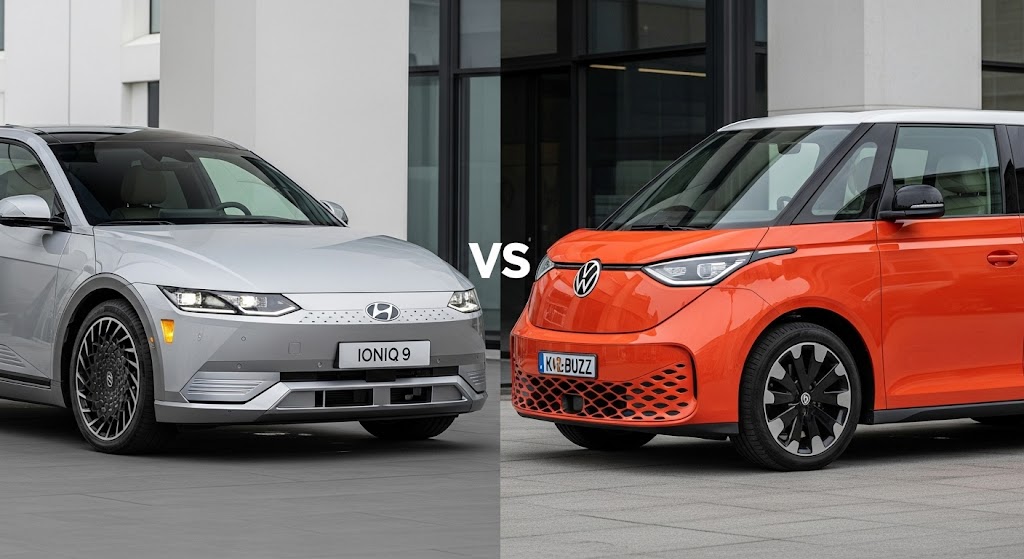
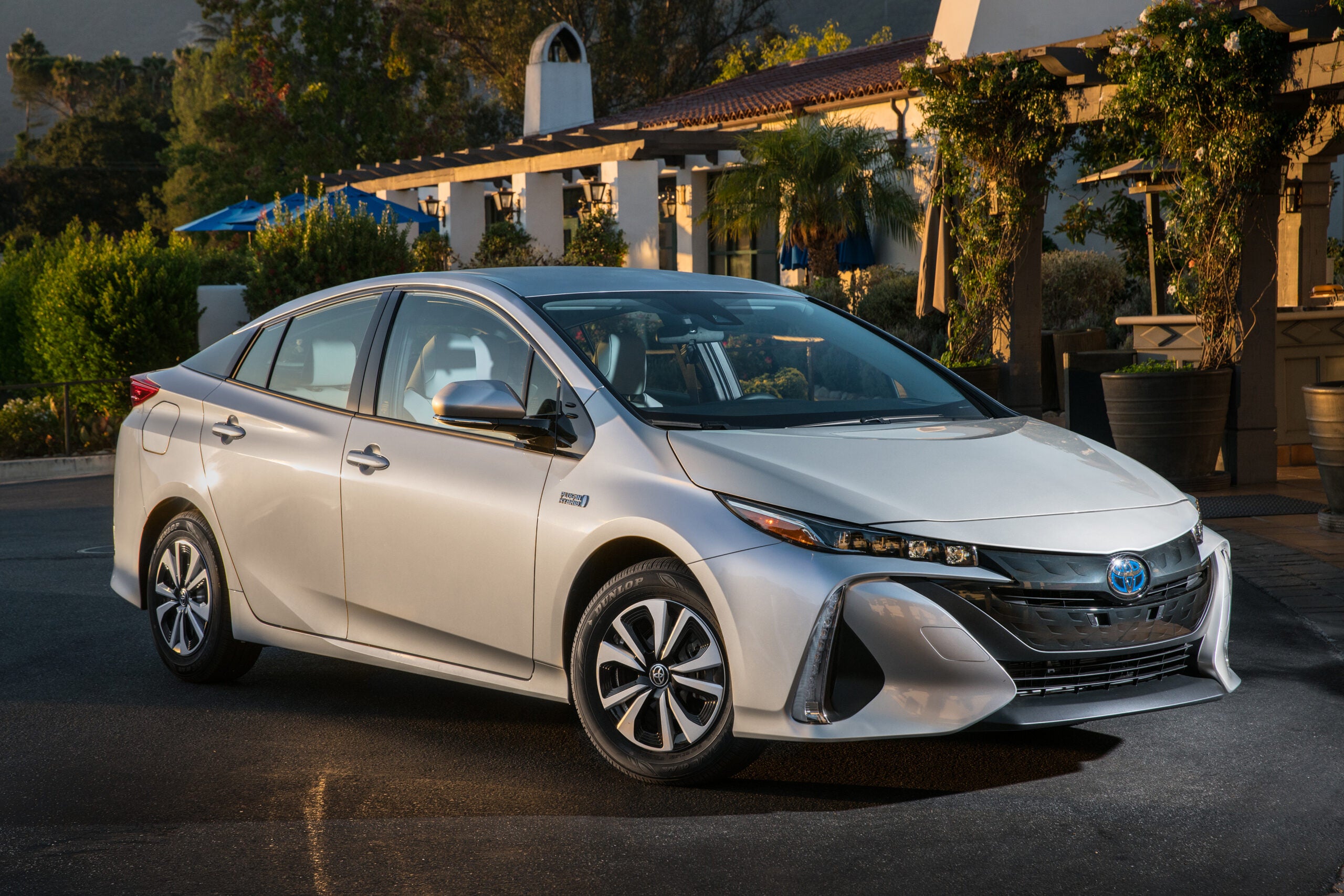
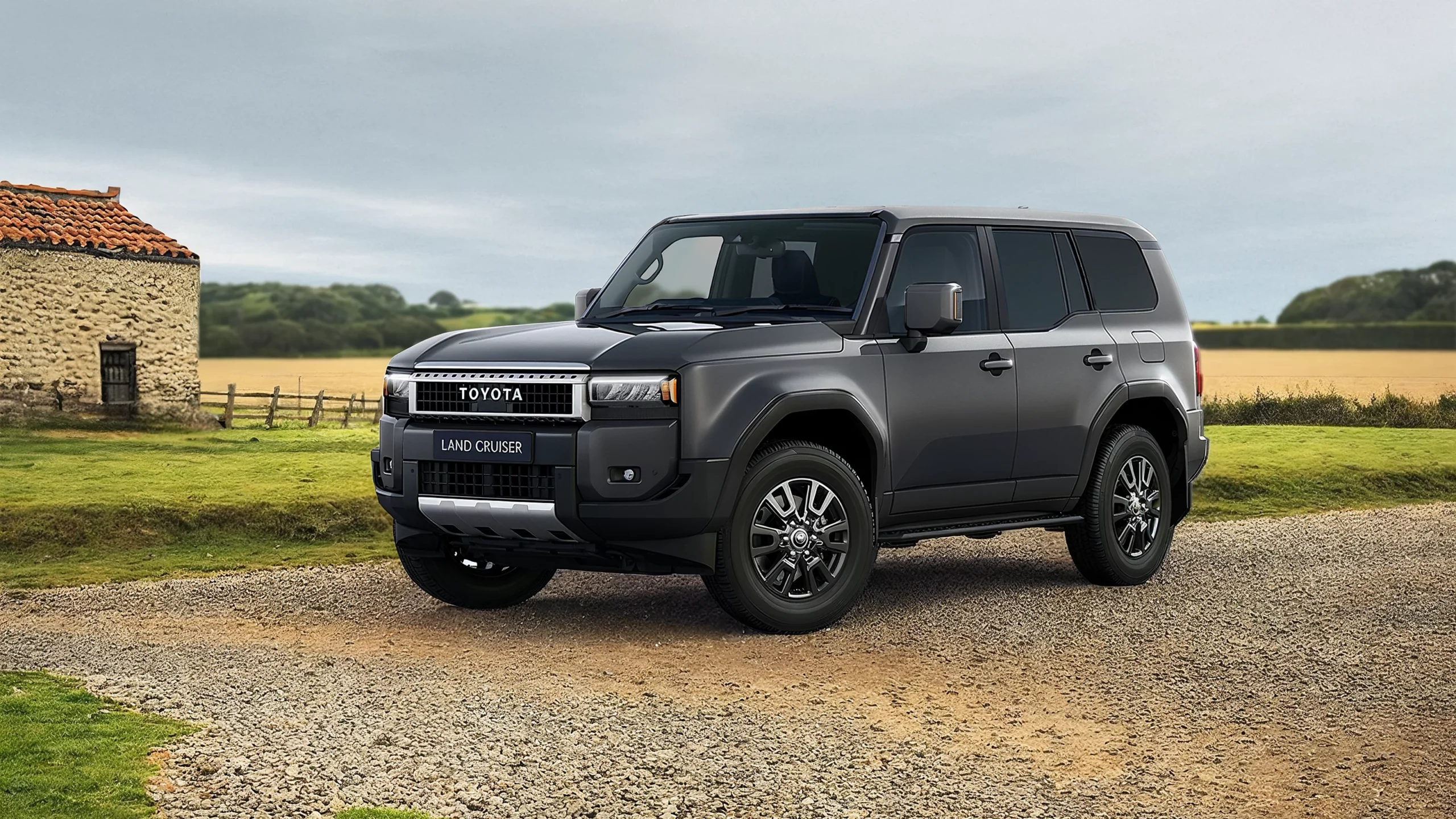
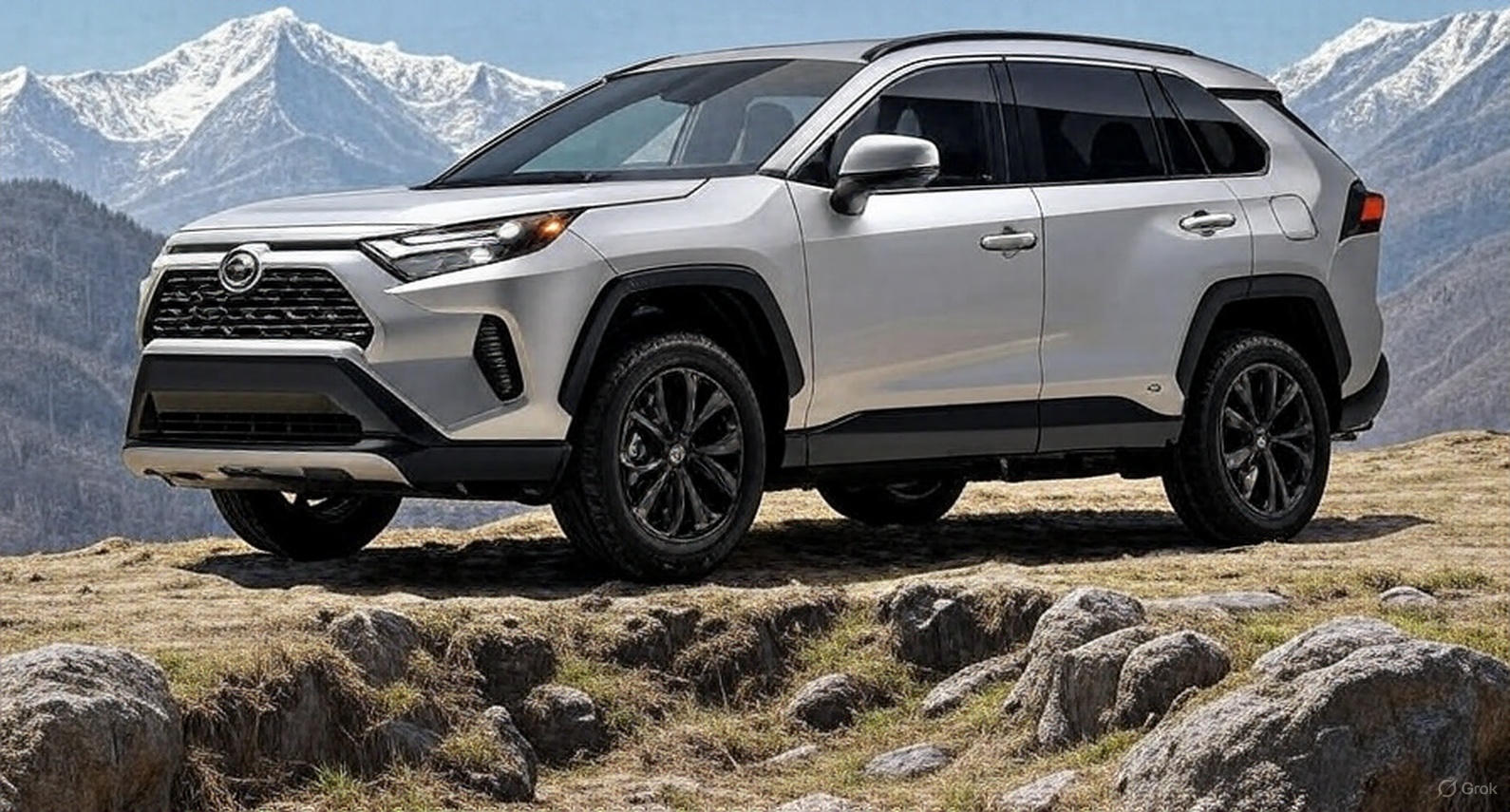
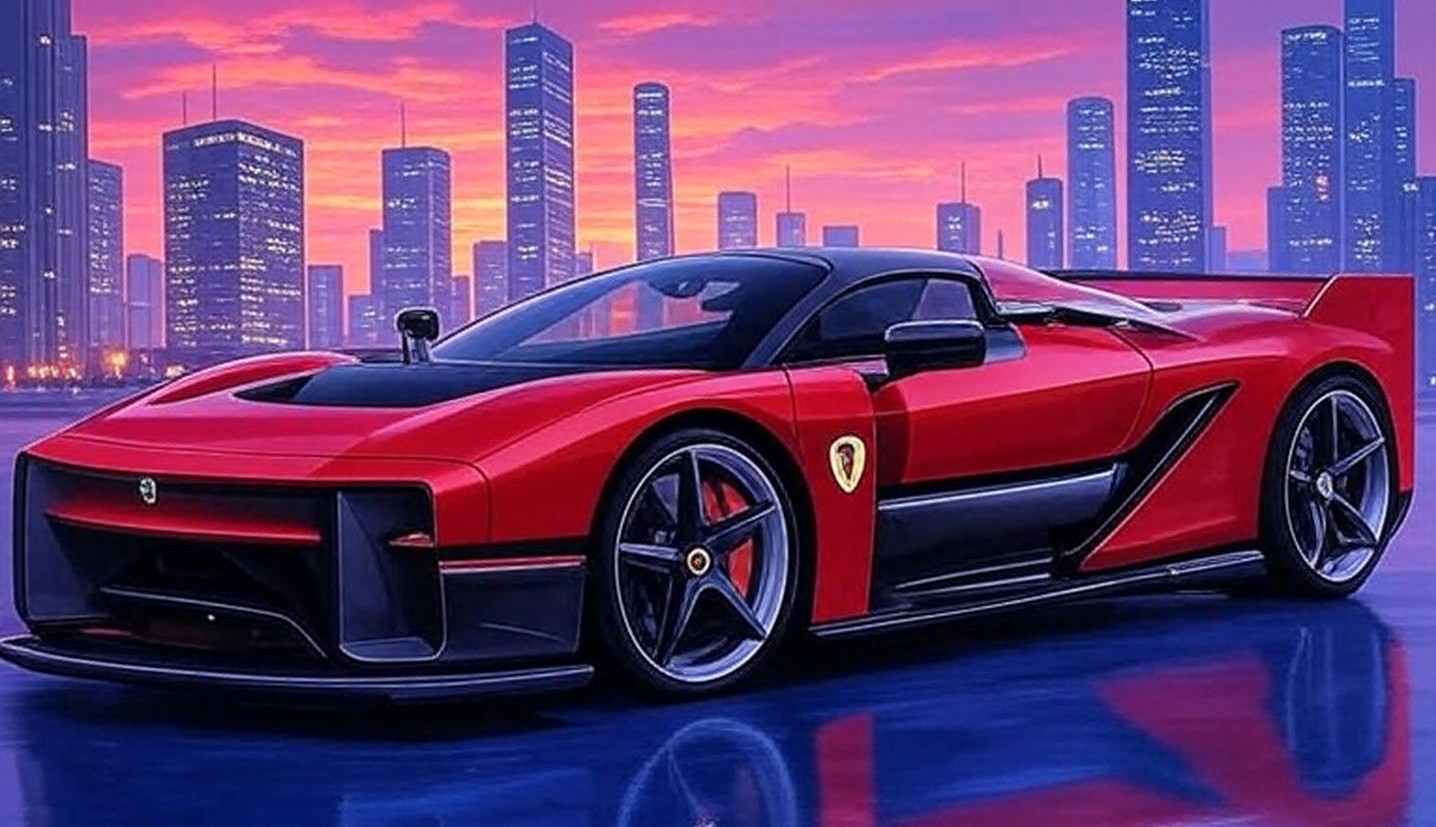
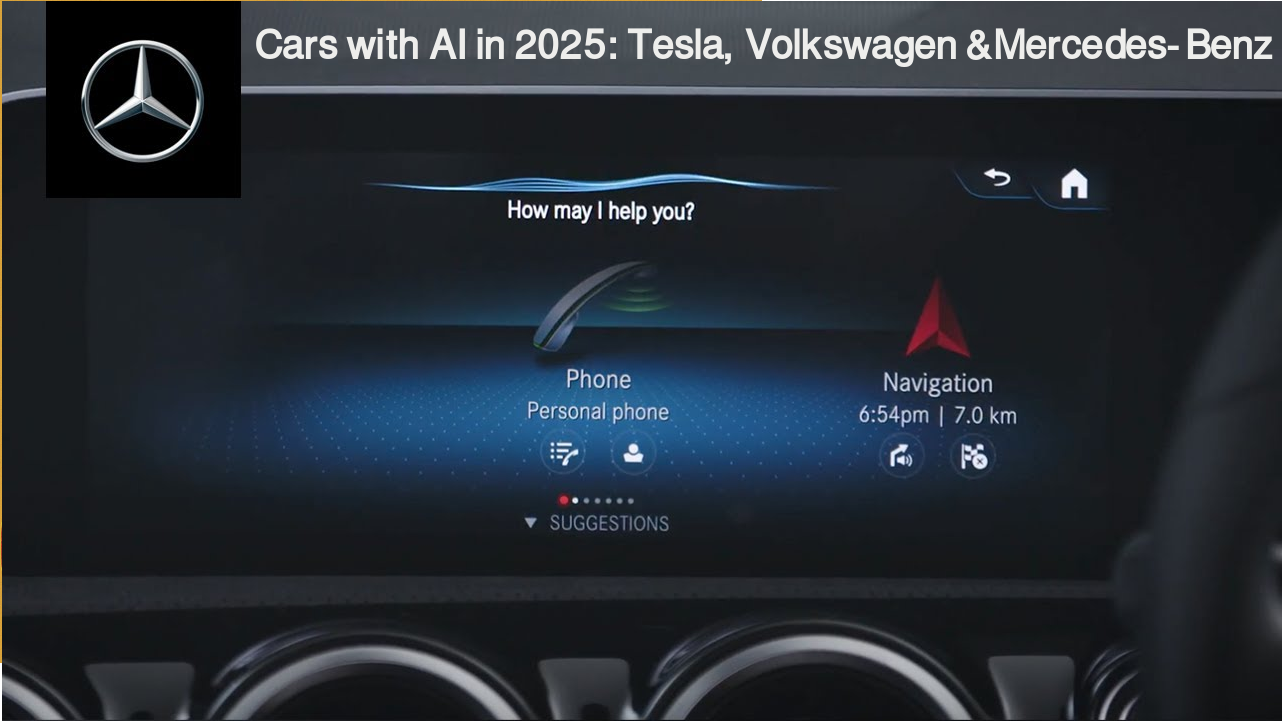
Leave a Reply